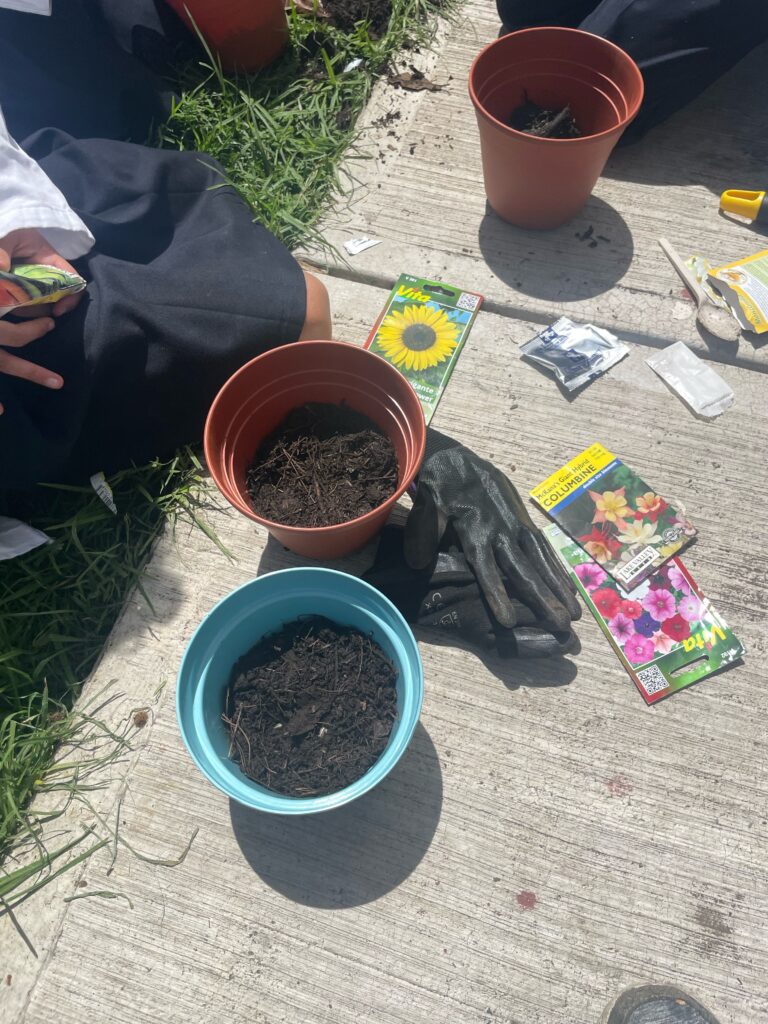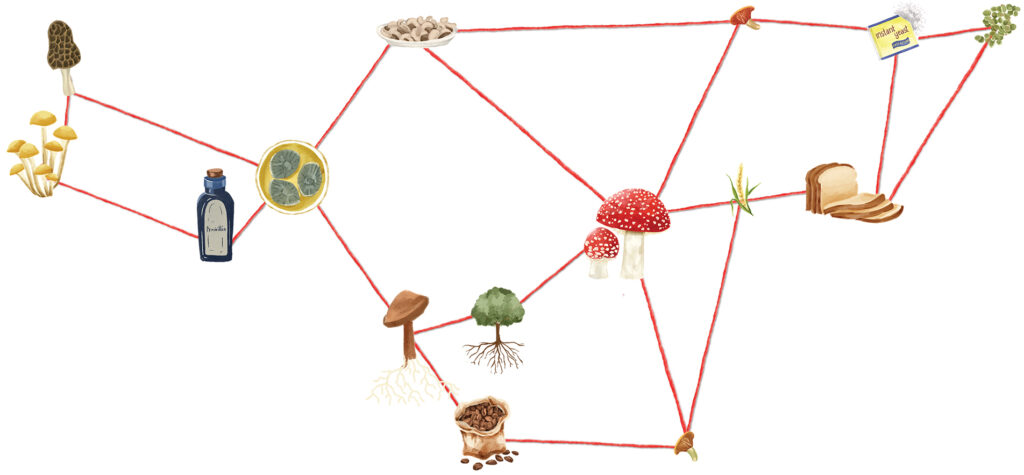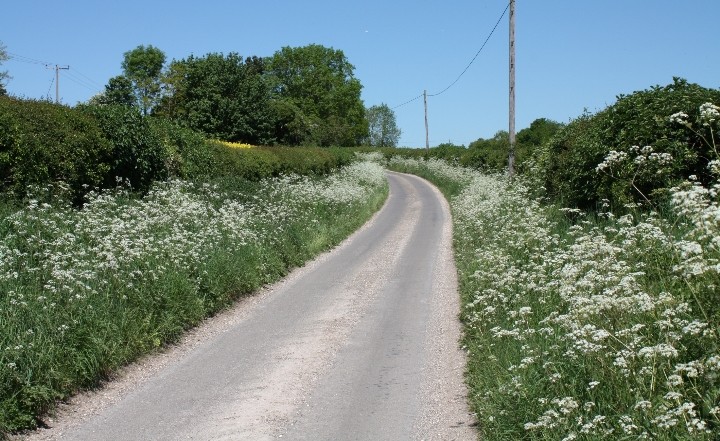Navigating ecological issues is complex, involving a range of stakeholders and processes to foster equitable solutions. Equally critical is the task of cultivating informed perspectives in higher education on such issues. This year, I began working at a university, creating and sometimes curating learning materials for an introductory course on ecology and development. The course adopts a ‘social-ecological’ approach towards development and aims to critically explore contemporary narratives of India’s development. Ultimately, it aims to encourage students to ask, “How do ecology and development impact each other in the subcontinent?”
Through my role in designing the ecology course, I have realised the challenge of cultivating genuine concern for ecology among students. There is, as I understand now, a deeper meaning to the course offered to students in the first semester of a master’s degree in development. It’s a way to get prospective development professionals to care about ecology, so the next time they come across a news snippet about an environmental issue, they do not roll their eyes. As many of us who have been in such classrooms will admit, the line between realism and outright cynicism is very thin. The idea, then, is to make students trade this cynicism (and in many cases, apathy) for concern for what goes on around them—an enterprise fraught with difficulties.

Developing this interdisciplinary course changed how I view, teach and think about ecology inside and outside classrooms. After months of grappling with the course materials and following several discussions with students and instructors, I share a few critical insights from this process, which is still underway.
Integrating historical context
While writing about sagebrush grasslands, Rachel Carson notes, “If ever an enterprise needed to be illuminated with a sense of the history and meaning of the landscape, it is this.” A sense of history becomes pivotal in understanding not only anthropogenic transformations but also future possibilities.
There have been key movements in the ecological history of India. These were not only important events in the country’s history but also shed light on the ways in which the road to sustainability (to borrow historian Ramachandra Guha’s expression) has been laid out before us. The genealogy of ecological movements exposes a new learner to the depth of this discipline and helps situate the current debates within historical trajectories.

For instance, it is important to know what the term ‘carboniferous capitalism’ means—an economic system heavily reliant on fossil fuels, particularly coal, which emerged during the Industrial Revolution. I encourage students to consider who coined the term (Lewis Mumford) and in what context. Patrick Geddes—a professor of sociology in the University of Bombay in the early 20th century—was one of the first people to use this term. By introducing students to Geddes’ pioneering work in applying sociological understanding of environmental concerns to urban planning in this period, I hope that they will examine the current crisis in a new light.
Diverse perspectives in ecological conflicts
Understanding the varied dimensions of ecological conflicts is crucial. I use a ‘systems’ approach to encourage students to see the bigger picture and understand how various elements within a system interact with each other. For example, by asking “What are the different imaginations at play across stakeholders?”
The key insight is that in most cases, all parties—from locally affected communities to states, companies and investors—believe their actions or claims to be correct and reasonable. In such scenarios, students of ecology and development must discern each stakeholder’s priorities and critically assess each claim. This also opens up several avenues—ranging from social coercion to legal proceedings—through which conflict is mediated and resolved.
Linking ecology with other disciplines
Establishing causal links with other disciplines is key to holistic learning. For example, “What are the macroeconomic consequences of climate change-related alterations in rainfall patterns?” This helps in understanding that addressing complex ecological challenges (such as climate change or biodiversity loss) often demands insights from economics, anthropology and biology, among other disciplines. Cultivating an open perspective in the classroom by integrating these varied insights is paramount.
A related aspect is understanding the role of legal frameworks in ecological issues. India’s constitution, with its rich history of environment-related legislations and international law formats—such as Third World Approaches to International Law (TWAIL) in the context of environmental law—can provide information on ideas and evaluations of development within the classroom.
Enabling learning
Through my experience, I learned how to effectively engage and actively involve students in the learning process.
Prioritise questions over answers: By framing issues as inquiries rather than mere facts, I was able to encourage critical thinking and personal reflection. Hence, rather than stating that ‘intersections of age, gender, socioeconomic class, ethnicity and race’ are important factors for assessing climate risk and differential impacts, I pose it as an empirical question: “How do factors such as age, gender, class, ethnicity, and race affect climate risk and the subsequent impacts on society’s vulnerable and marginalised groups?” This approach transforms vast amounts of information into specific inquiries, deepens the students’ engagement with ecological issues. It moves beyond easy answers and focuses on asking pertinent questions.
Never lose the thread: In the wide set of readings, bring back the focus to the main ideas. I designed worksheets that compel students to articulate the main purpose served by the reading. For this, I adopted the Socratic method—a strategy that involves designing evidence-based questions that encourage the reader to critically examine the text. For example, by quoting some sections of the text and asking if the author(s) provides evidence for the statements. Understanding evidence-based claims and the ability to identify flawed arguments should be central to course readings.
Processing data for policy-based outcomes: Data should be presented in a way that makes students curious about the outcomes. In my case, it meant curating datasets that are relevant to students of Indian ecology. There are plenty of data visualisations on climate change, however, it is important to consolidate their policy implications and make the reader assess these within a policy framework. I created graphs for afforestation rates, average mean temperatures of Indian cities, price fluctuations of LPG gas cylinders, etc., while centering the discussion on policy.
Personal reflection as a gateway to learning: A large part of the course requires students to reflect on their own surroundings. For instance, I asked a question about consumption levels at the university, making them apply concepts such as ‘carrying capacity’ to their own campus. This generated a range of responses from students, which emphasised the importance of organising questions in a way that makes students think about the issues instead of regurgitating what they already know.
Creating the ideal conditions for learning is not easy. Nevertheless, I lean towards an optimism of the intellect, as Professor Upendra Baxi puts it—a twist on the well-known maxim from Antonio Gramsci. John Dewey said it best: “Education is not preparation for life but life itself.”





